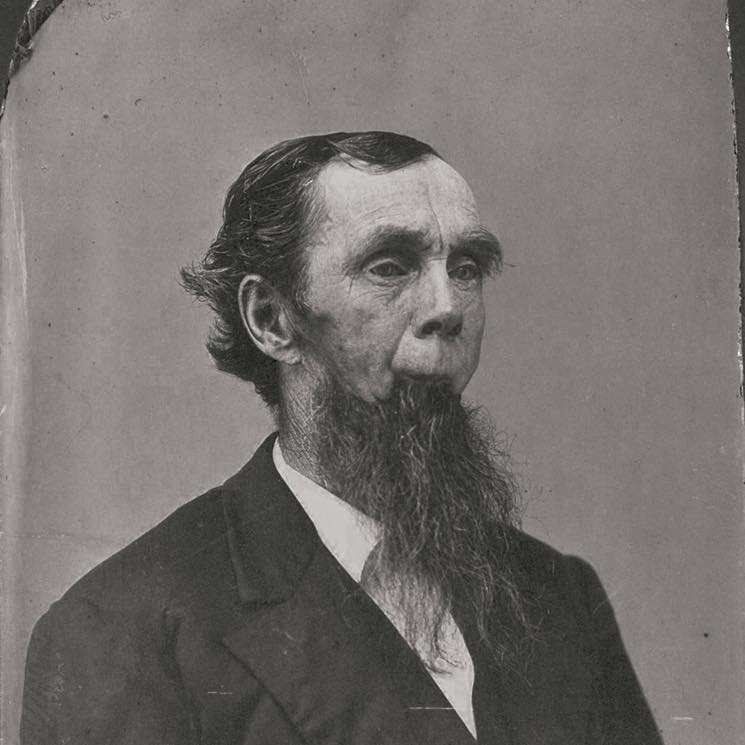Preternaturally gifted tunesmith William Ryan Fritch puts out a frankly ridiculous amount of music each year, all of it of extremely high quality, but there tends to be an "event" album in each cycle, starting with 2015's stunning Revisionist and continuing with 2016's New Words For Old Wounds — and now Behind the Pale, which captures the ceaselessly evolving artist in peak form.
The commonality of these three works is that each centres on Fritch's otherwise seldom-explored power as a vocalist and verbal storyteller (much of his work is in film). For the purpose of communicating his honest and wisely observed introspections, Fritch uses familiar song forms that have been dressed in glorious layers of his rich, ethereal production to conjure an atmosphere specific to each project.
Here, the soundscape is rendered more expansively than ever before, with a thick, reverberant haze coating each track without obscuring the details, which, almost counter-intuitively, are seemingly magnified. It's a brilliant mixing job that not only generates massively physical sensations from the music, but describes the feelings surrounding the story Fritch is telling.
Behind the Pale was created during the span of time between the three months-premature birth of his daughter, and her unexpectedly delayed homecoming. Fritch charts a palpably emotional journey through uncertainty and fear punctuated with bursts of overwhelming love and hope to gradually reach a radiant sense of calming catharsis in the album's back half.
The entire piece is brimming with gloriously realized emotional musicality, but as the fog lifts (which is thoughtfully mirrored in the production), Fritch allows some of his most purely beautiful melodies and songwriting to shine through, and delivers the most assured and expressive vocal performances of his career ("Greedy Things," "Supposed" and "What the Future Holds" are particular knockouts).
Even for a composer with the singular, profound talents of William Ryan Fritch, Behind the Pale is a truly exceptional and moving musical document, on every level.
(Lost Tribe Sound)The commonality of these three works is that each centres on Fritch's otherwise seldom-explored power as a vocalist and verbal storyteller (much of his work is in film). For the purpose of communicating his honest and wisely observed introspections, Fritch uses familiar song forms that have been dressed in glorious layers of his rich, ethereal production to conjure an atmosphere specific to each project.
Here, the soundscape is rendered more expansively than ever before, with a thick, reverberant haze coating each track without obscuring the details, which, almost counter-intuitively, are seemingly magnified. It's a brilliant mixing job that not only generates massively physical sensations from the music, but describes the feelings surrounding the story Fritch is telling.
Behind the Pale was created during the span of time between the three months-premature birth of his daughter, and her unexpectedly delayed homecoming. Fritch charts a palpably emotional journey through uncertainty and fear punctuated with bursts of overwhelming love and hope to gradually reach a radiant sense of calming catharsis in the album's back half.
The entire piece is brimming with gloriously realized emotional musicality, but as the fog lifts (which is thoughtfully mirrored in the production), Fritch allows some of his most purely beautiful melodies and songwriting to shine through, and delivers the most assured and expressive vocal performances of his career ("Greedy Things," "Supposed" and "What the Future Holds" are particular knockouts).
Even for a composer with the singular, profound talents of William Ryan Fritch, Behind the Pale is a truly exceptional and moving musical document, on every level.
